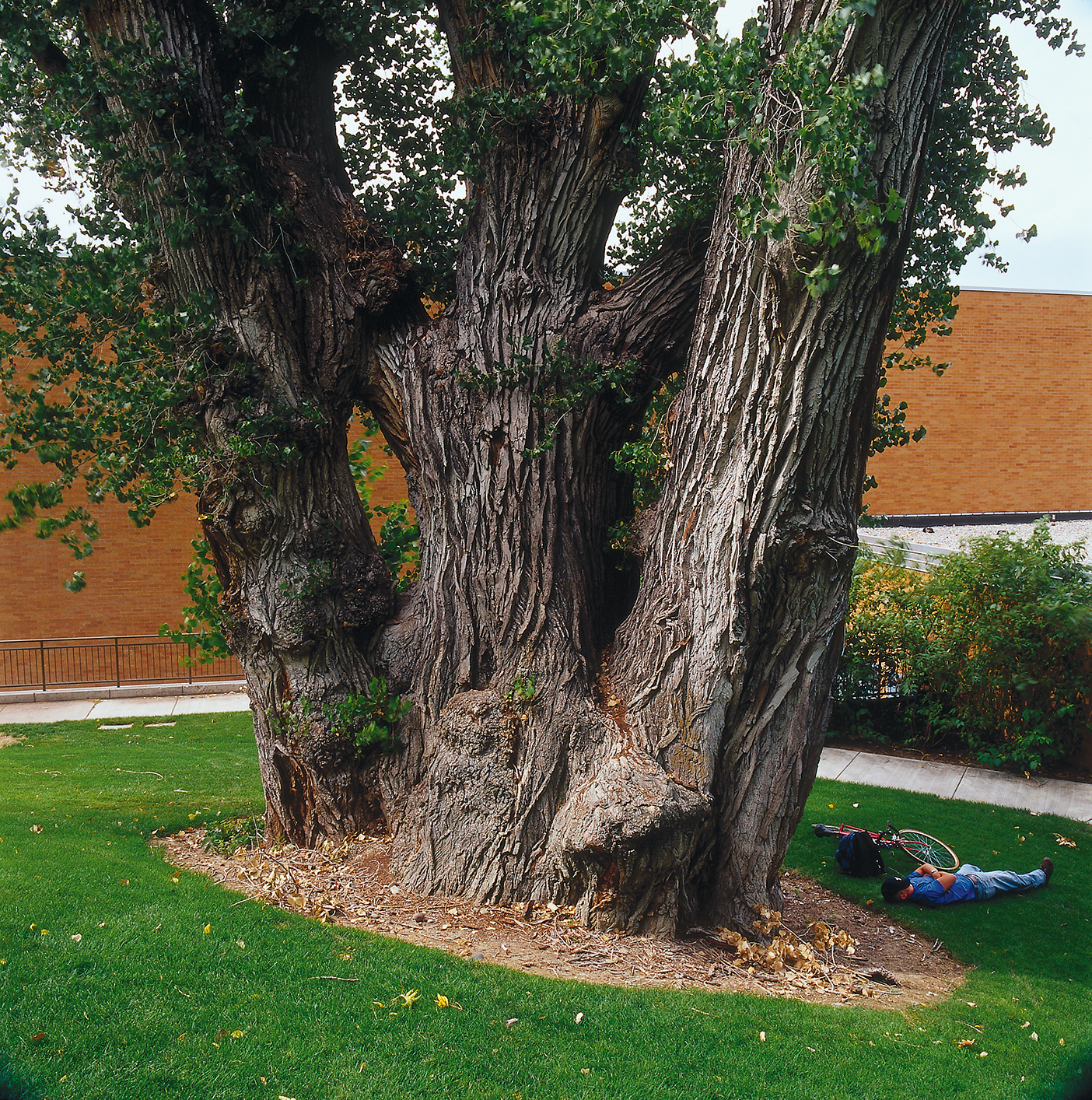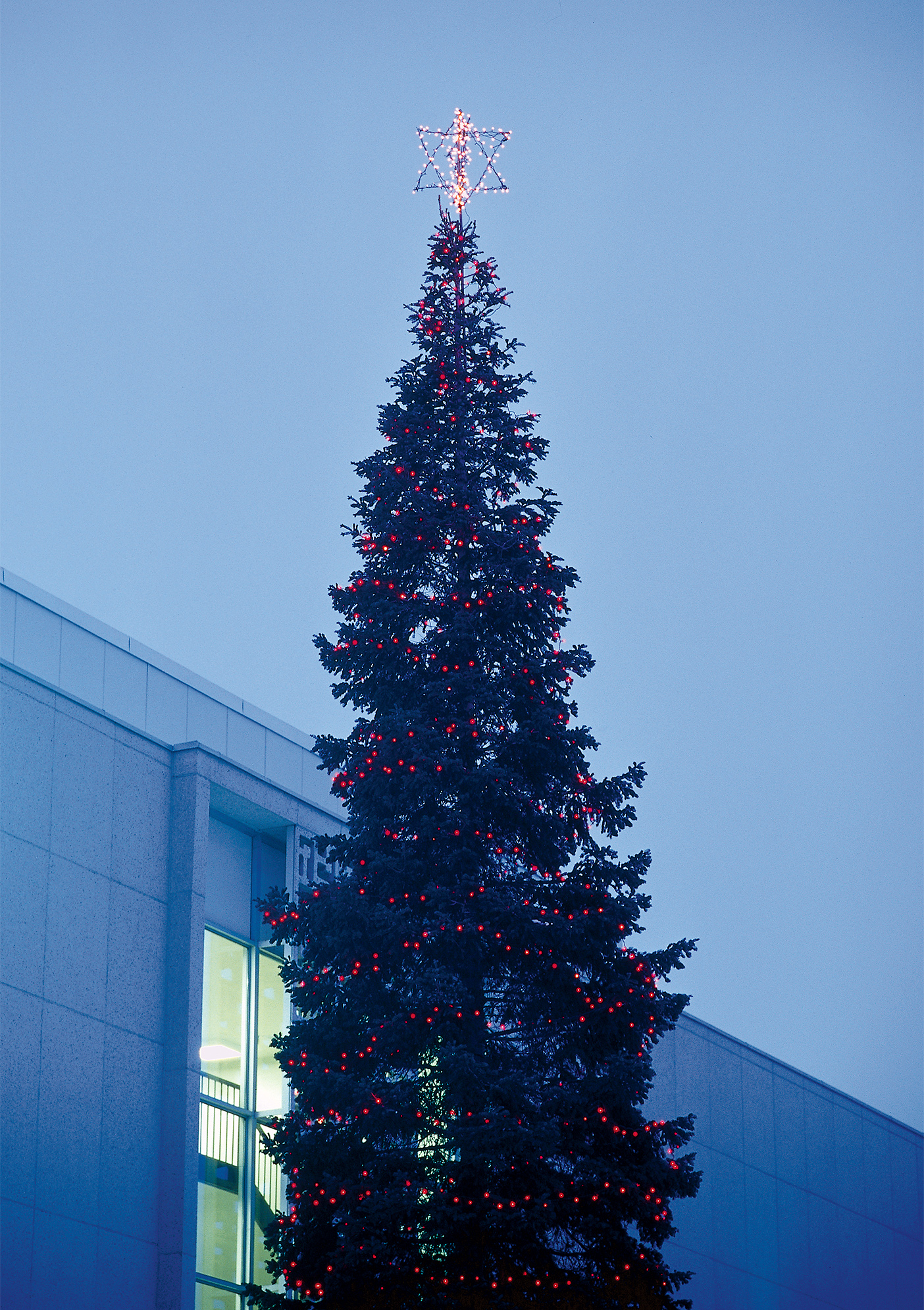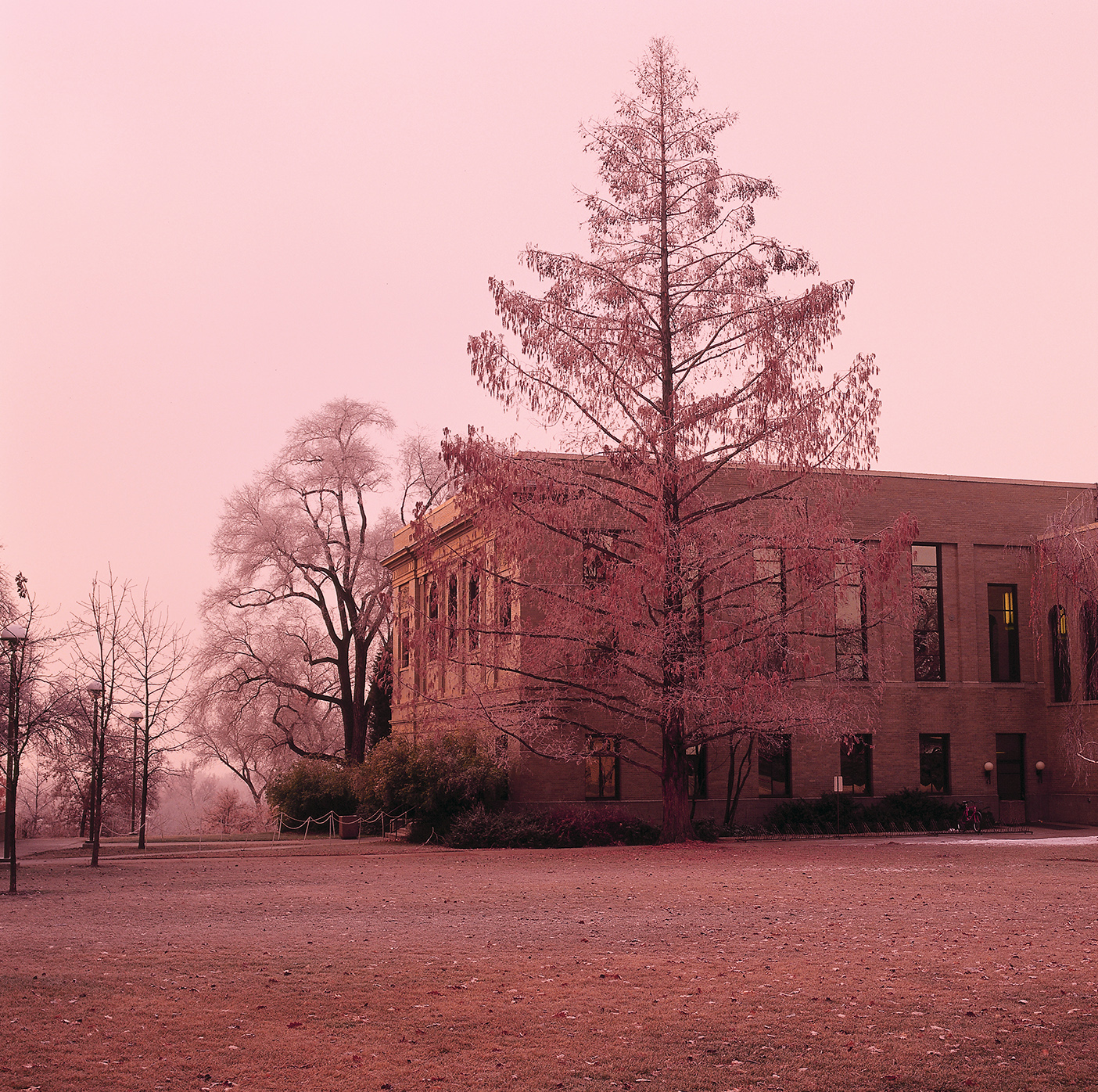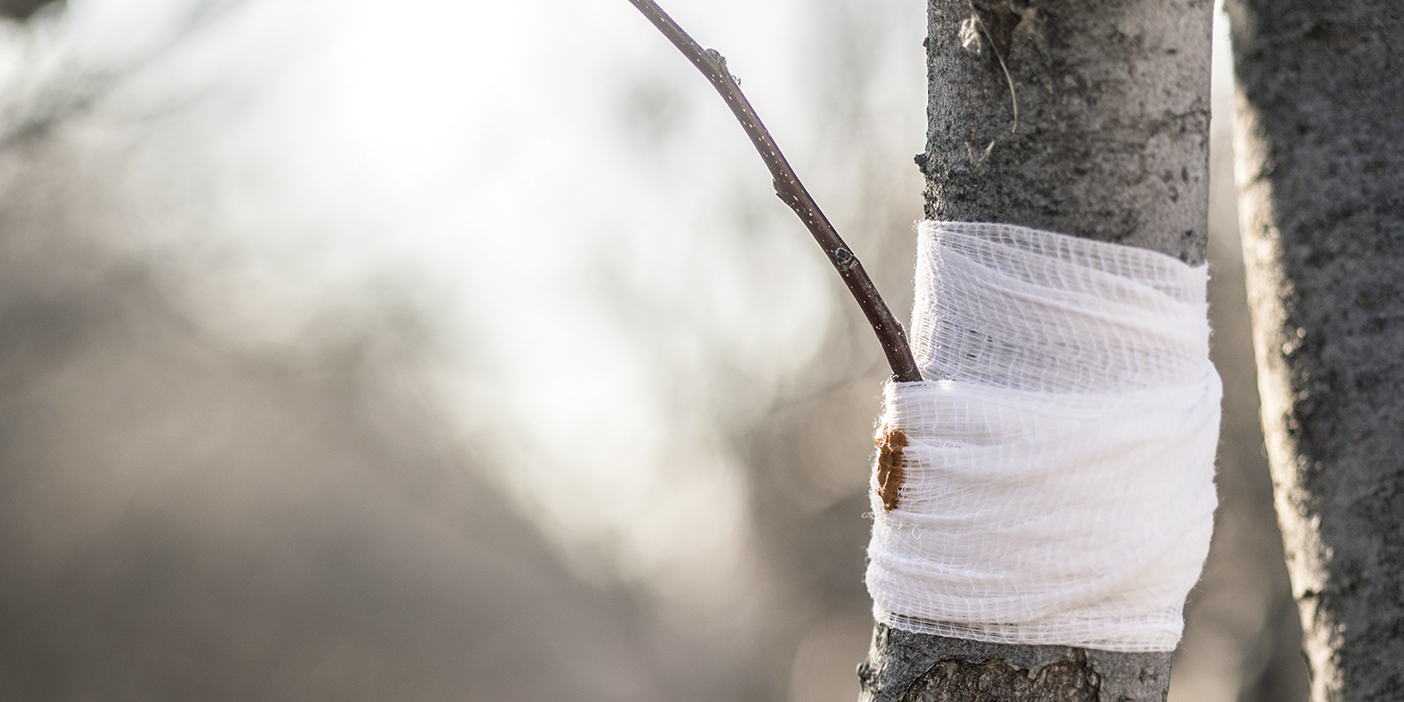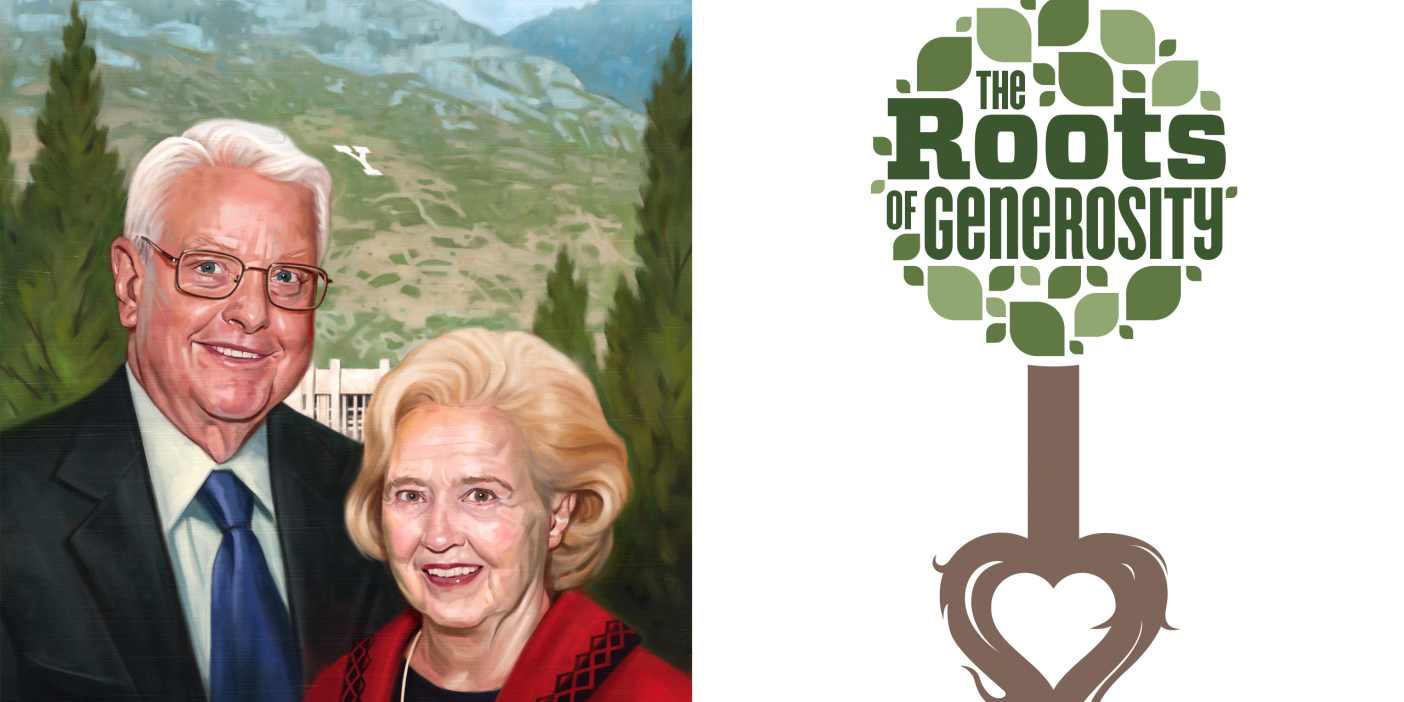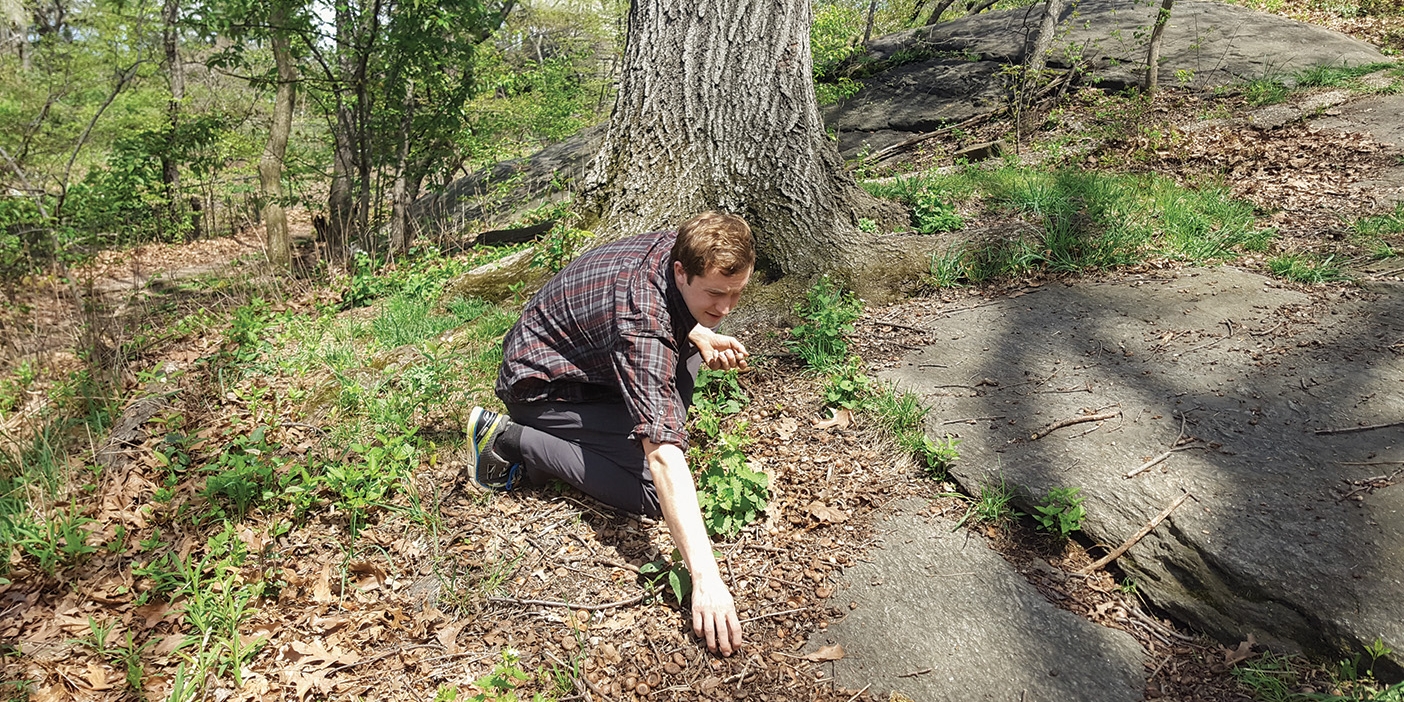Trees for All Seasons
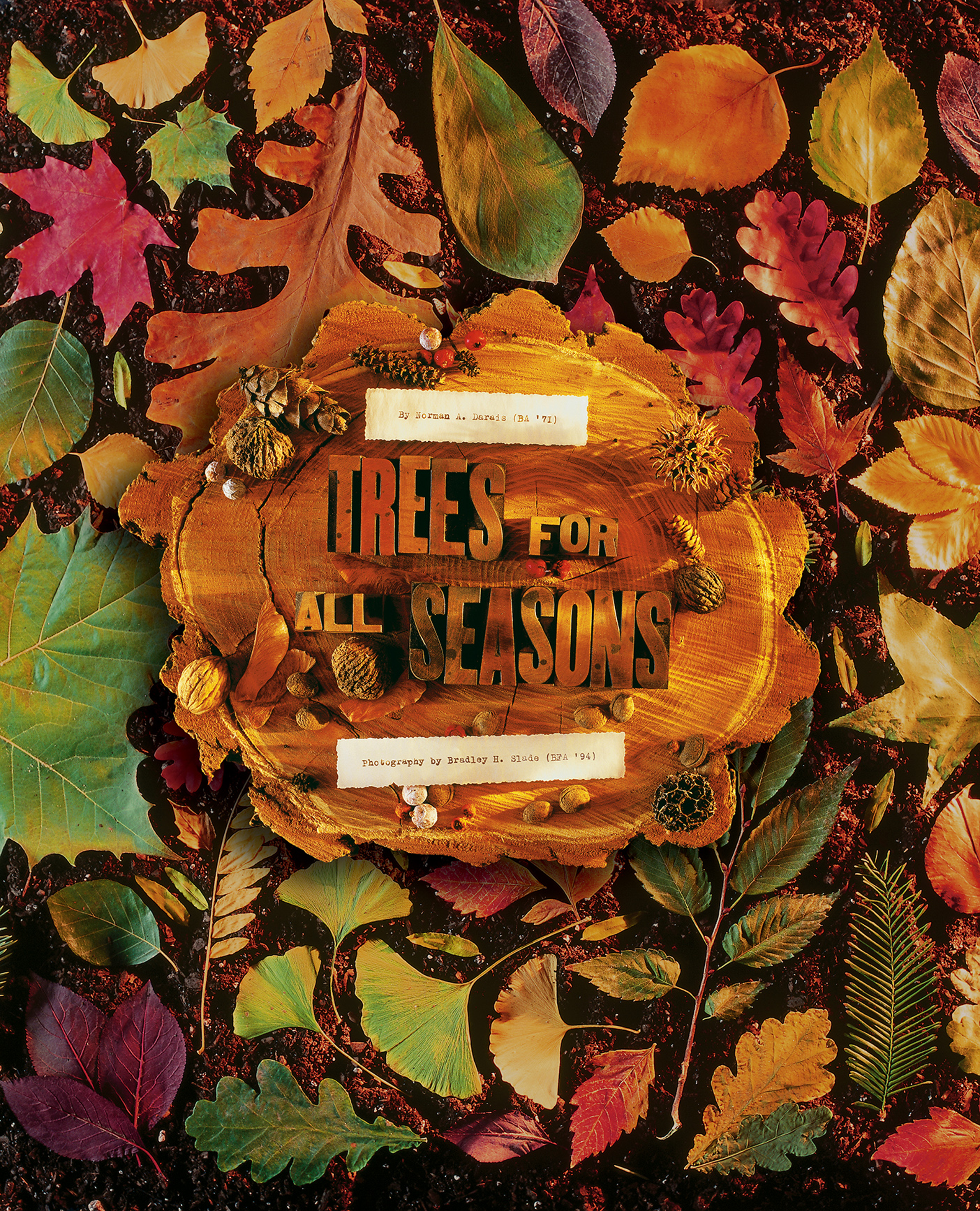
On the fringes of the Great Basin Desert, BYU campus is a surprising arboretum, where thousands of trees enrich an environment of learning.
By Norman A. Darais (BA ’71) in the Summer 2006 Issue
Have you ever noticed the majestic American elm highlighting the entrance to campus just beyond the “Enter to Learn” sign? How about the dawn redwood on the north side of the Grant Building? Or the bald cypresses by the botany pond, complete with their exposed bony knees? These notable trees, and 14,000 others, anchor BYU’s well-kept landscape. Collectively, they display the color and atmosphere of the changing seasons at a campus nestled below the Wasatch Mountains.
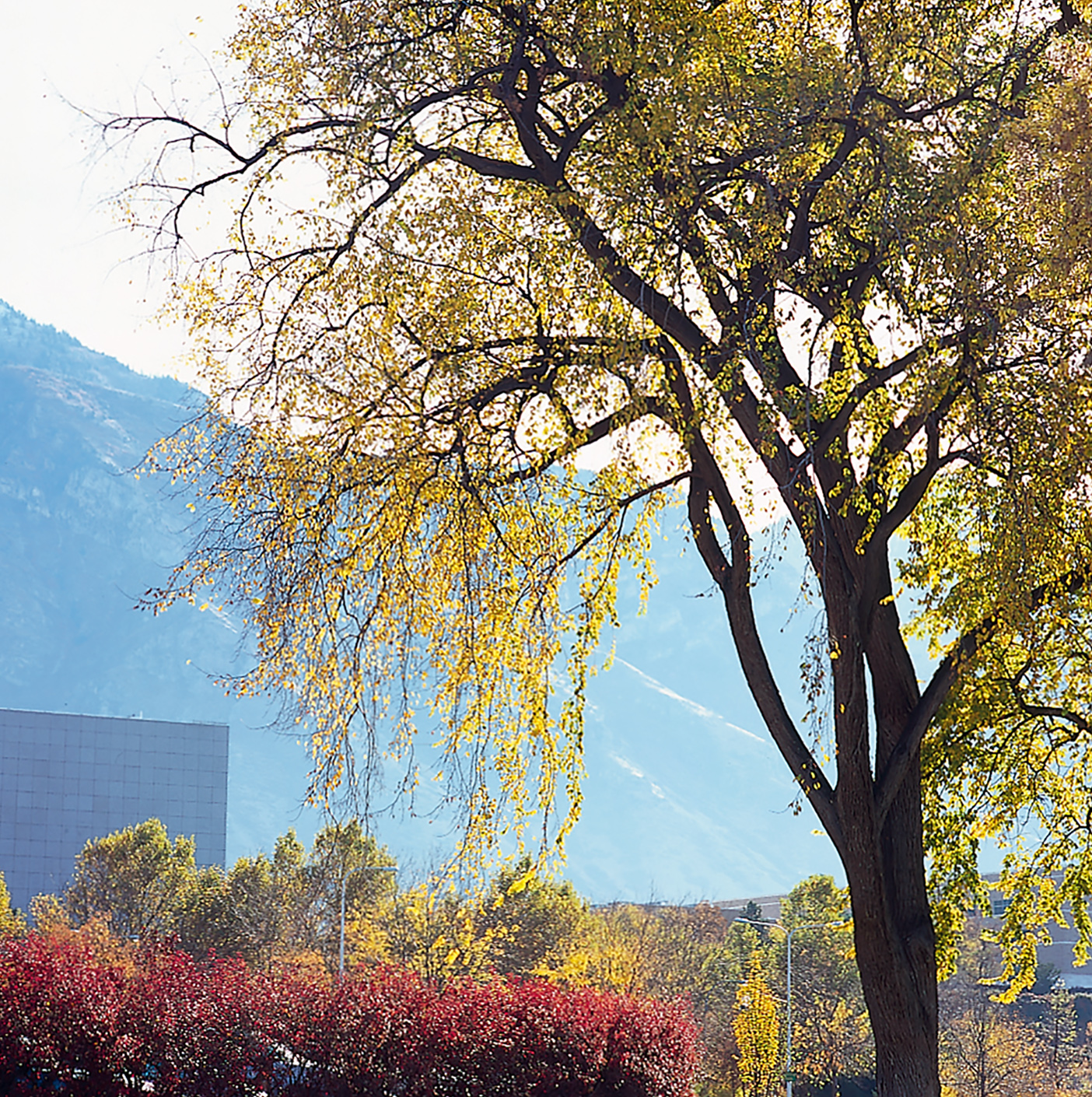
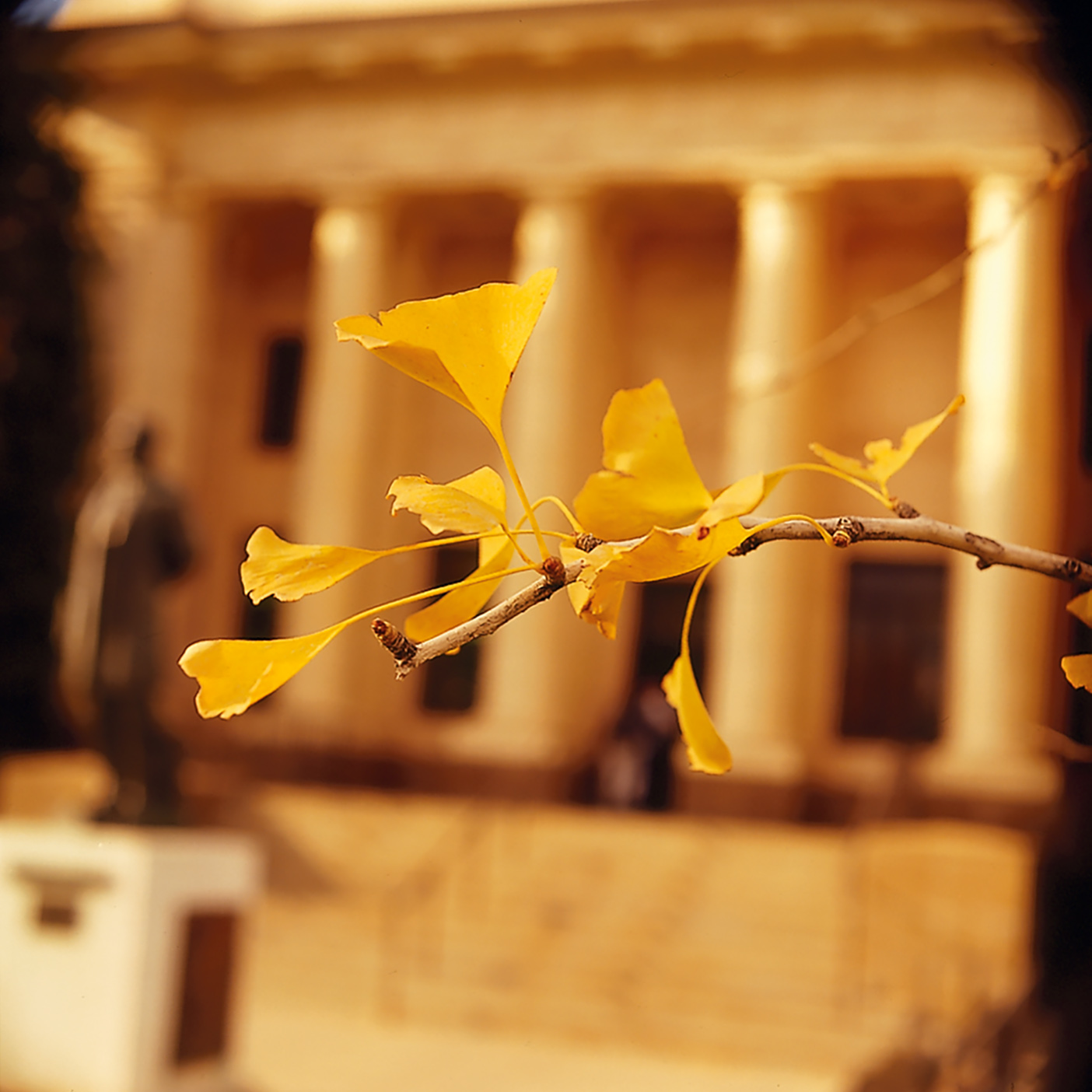

The university provides a surprising variety of trees (some 900 species) for everyone to ponder and enjoy, especially considering its desert environment. To the perceptive observer, this seemingly endless array of trees—each with its own defining form, color, texture, and leaf pattern—offers perpetual sources of inspiration: Consider the sculpturesque branches of the weeping beech on the northeast corner of the Jesse Knight Building; the curiously dappled layers of bark that characterize the magnificent stand of sycamores by the Fletcher Building; the ephemeral beauty of blooming magnolias south of the ASB. Palpable, sensuous statements all. As the Bard said, “Find tongues in trees.”
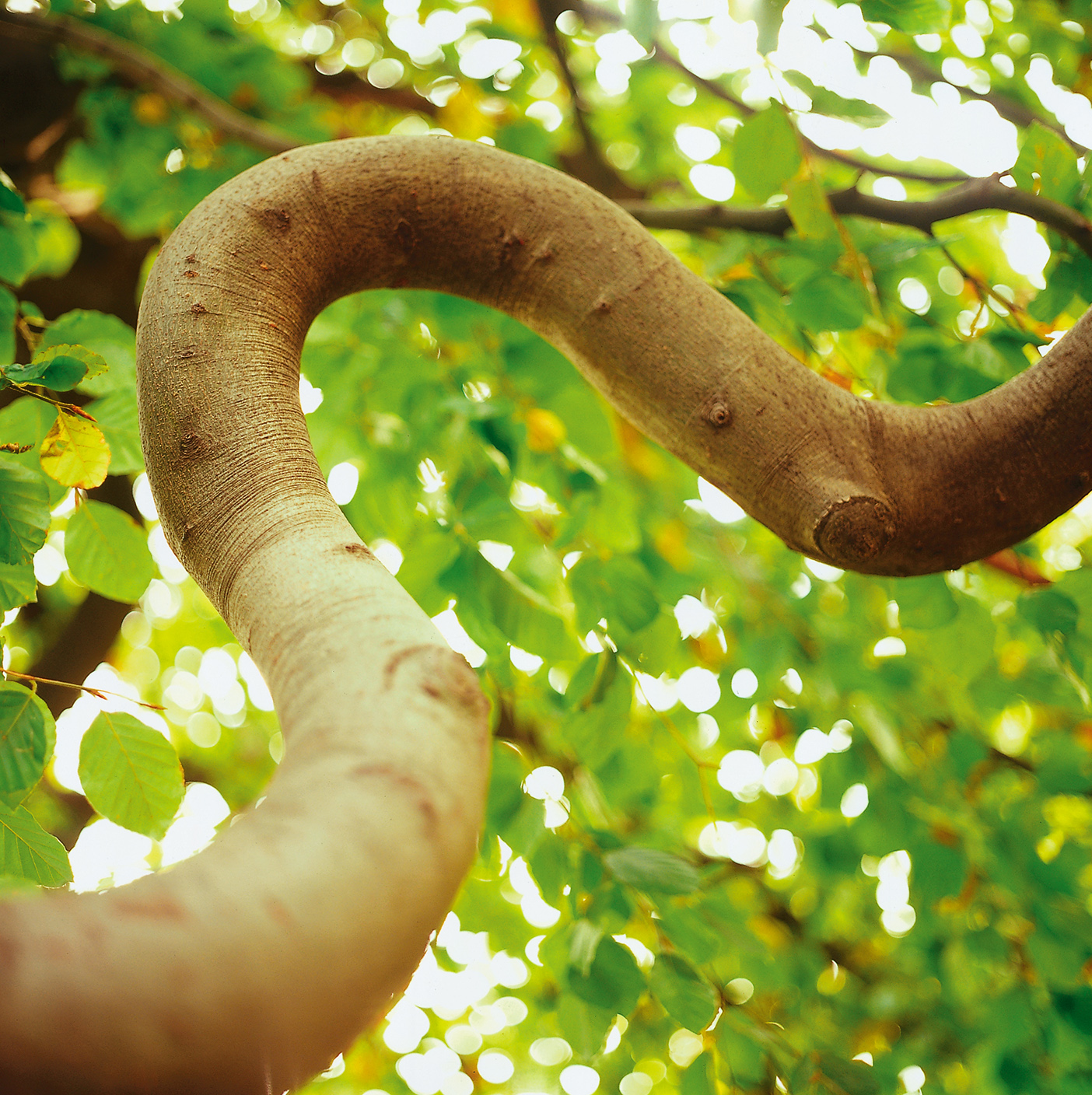
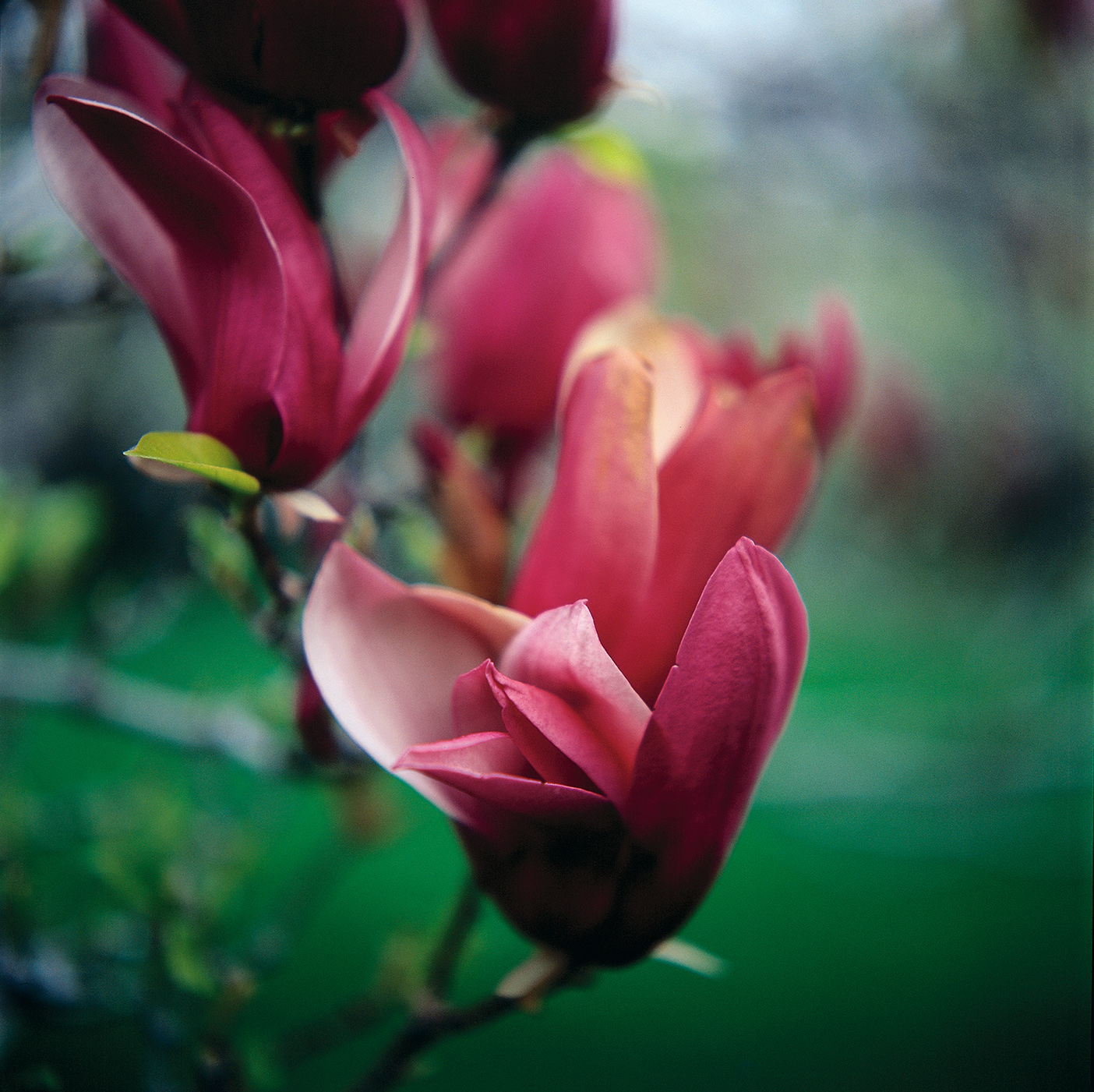
From your student days you’re likely to recall how the trees define seasons and semesters. Indelible images—that first hint of color on Y Mountain; summer becomes fall, and the campus arboretum moves from a predominance of green to deepening shades of yellow, crimson, and rusty red. All too quickly cold winds follow, emptying the trees. Myriad leaves move with the air, scudding and bunching for feet to crunch through. Winter settles in. Hoarfrost enshrouds the trees. Ice clings to barren branches. Tufts of snow outline limbs and decorate conifers.
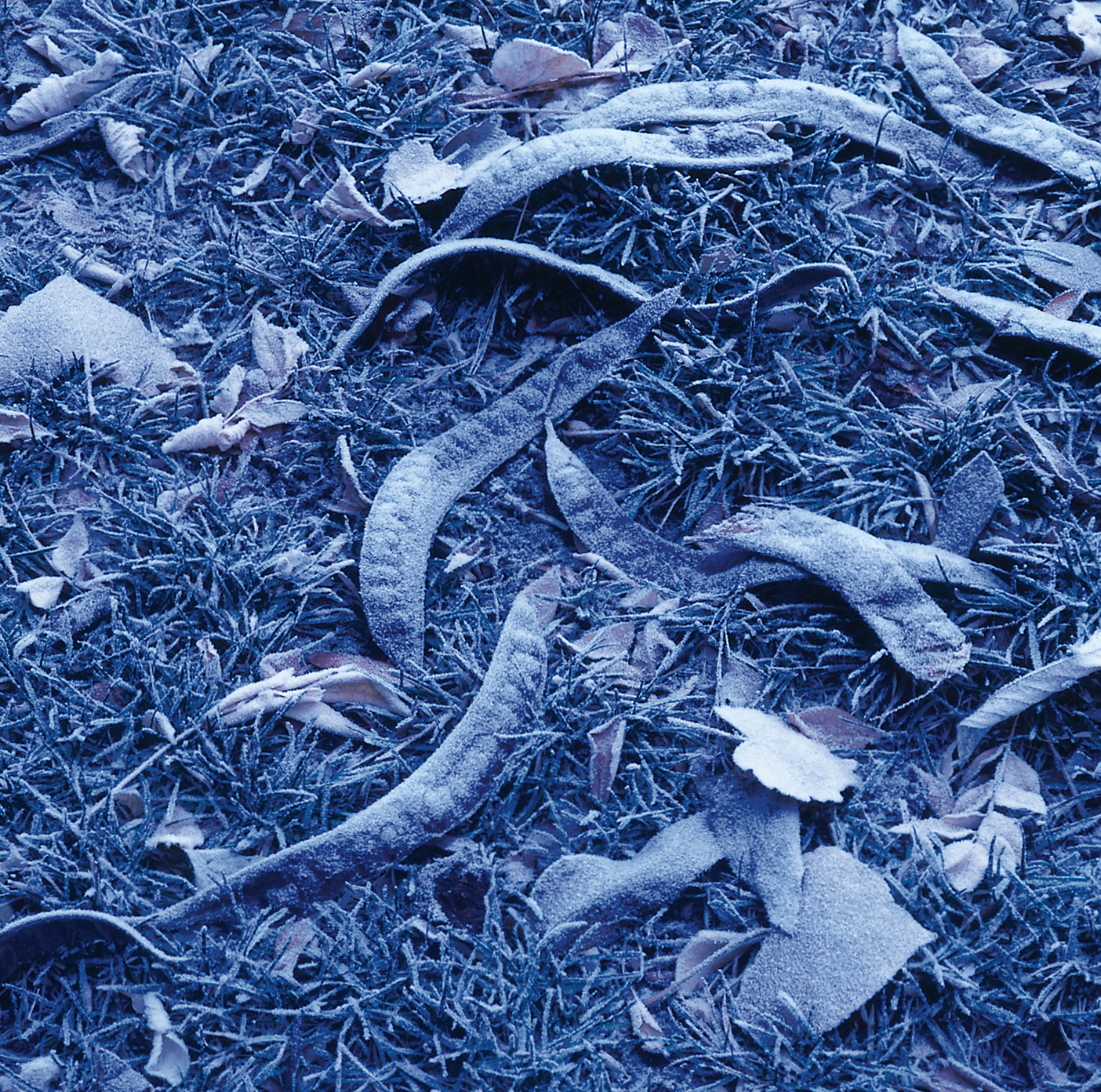
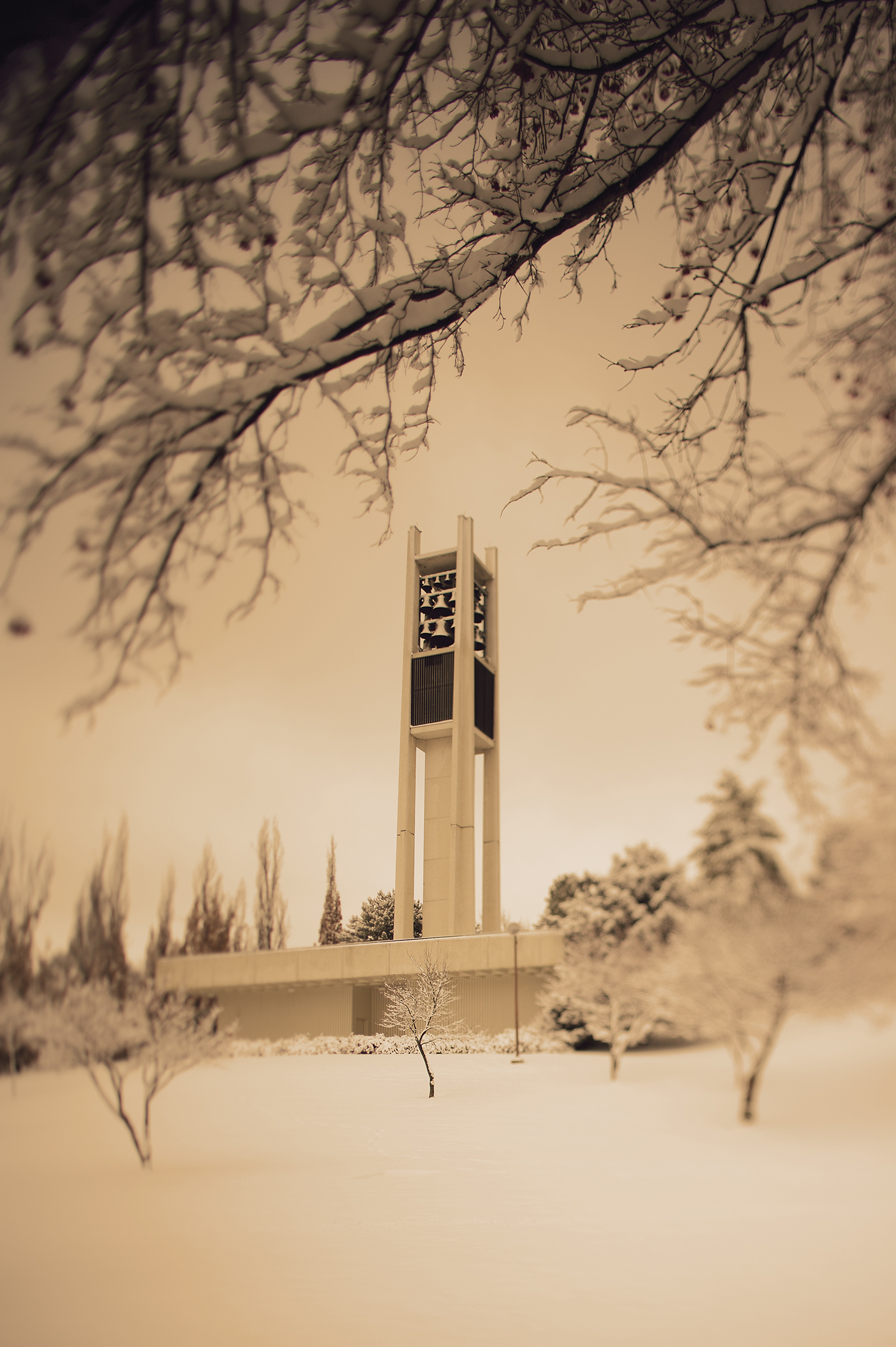
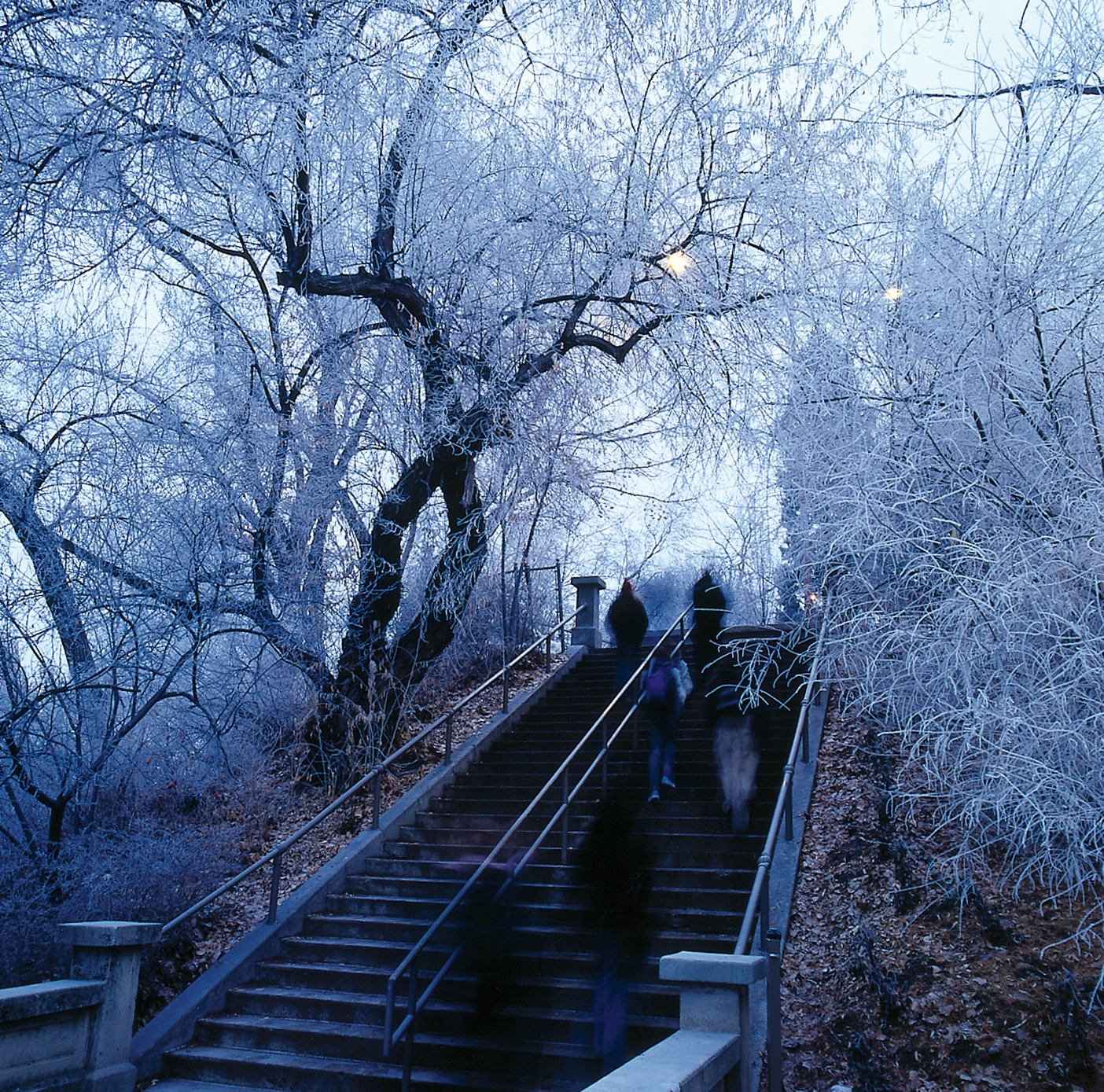
Ah, but before you know it, hints of warmth and springtime return. The trees let you know—buds, followed by a profusion of blossoms and tender leaves unfurling. Soon the branches beckon with their luxuriant leafy canopies. Time once again to find that favorite outdoor spot. Shade on a warm summer day. That perfect place to read or open up a packed lunch. Under the boughs of a tree, you’re set to relax, converse with friends, or enjoy a contemplative walk along the wooded path that rims the southwest edge of campus.
Over the seasons of growth and change, many locales and the trees that populated them have been replaced or are gone altogether. Some have simply had to make way for the demands of a burgeoning campus. Older alumni will wistfully take note of bygone eras and places. Yet many venerable landscapes remain, and new ones have been thoughtfully added. But most important, trees, thousands of trees, still grace the campus.
The beauty remains.
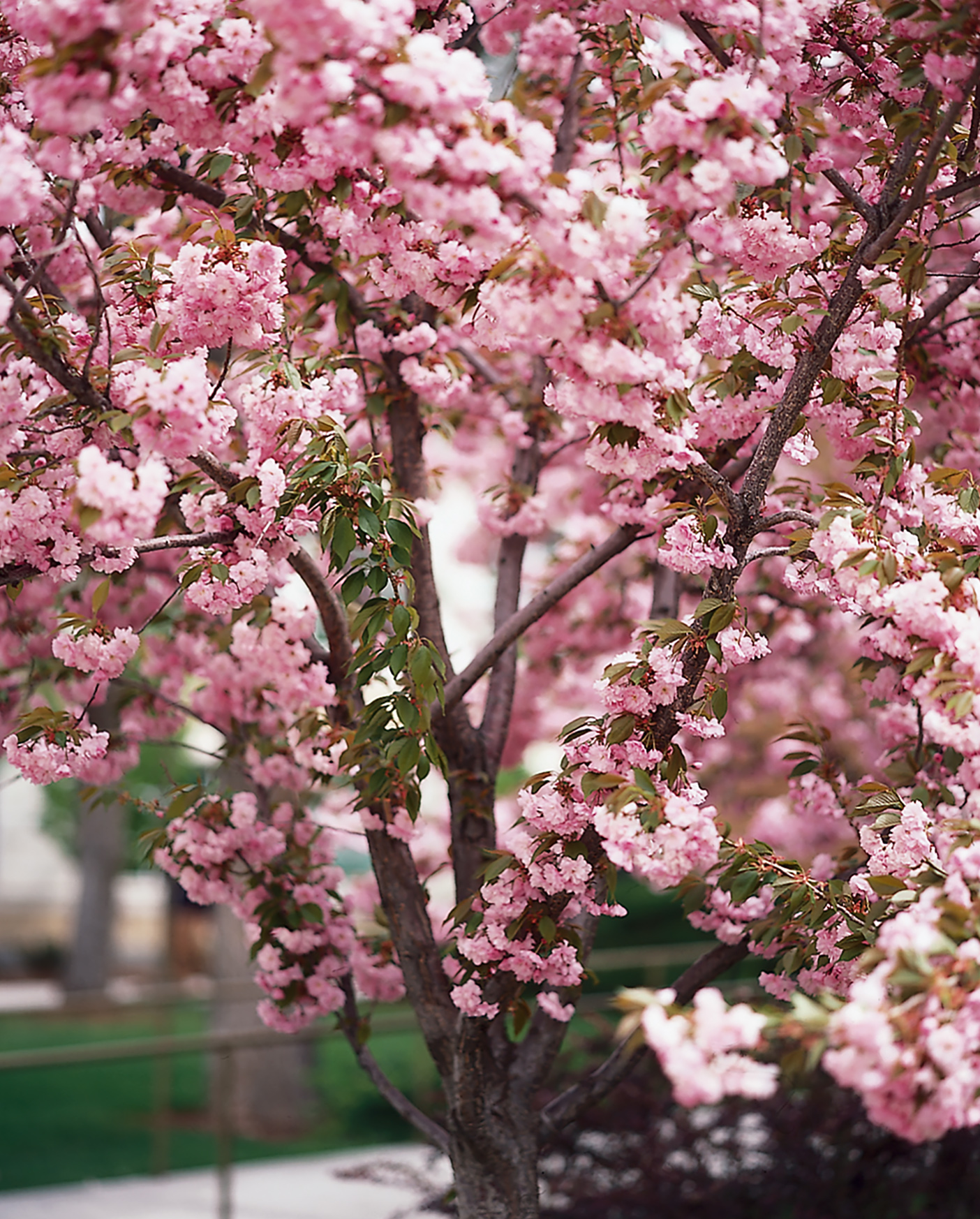
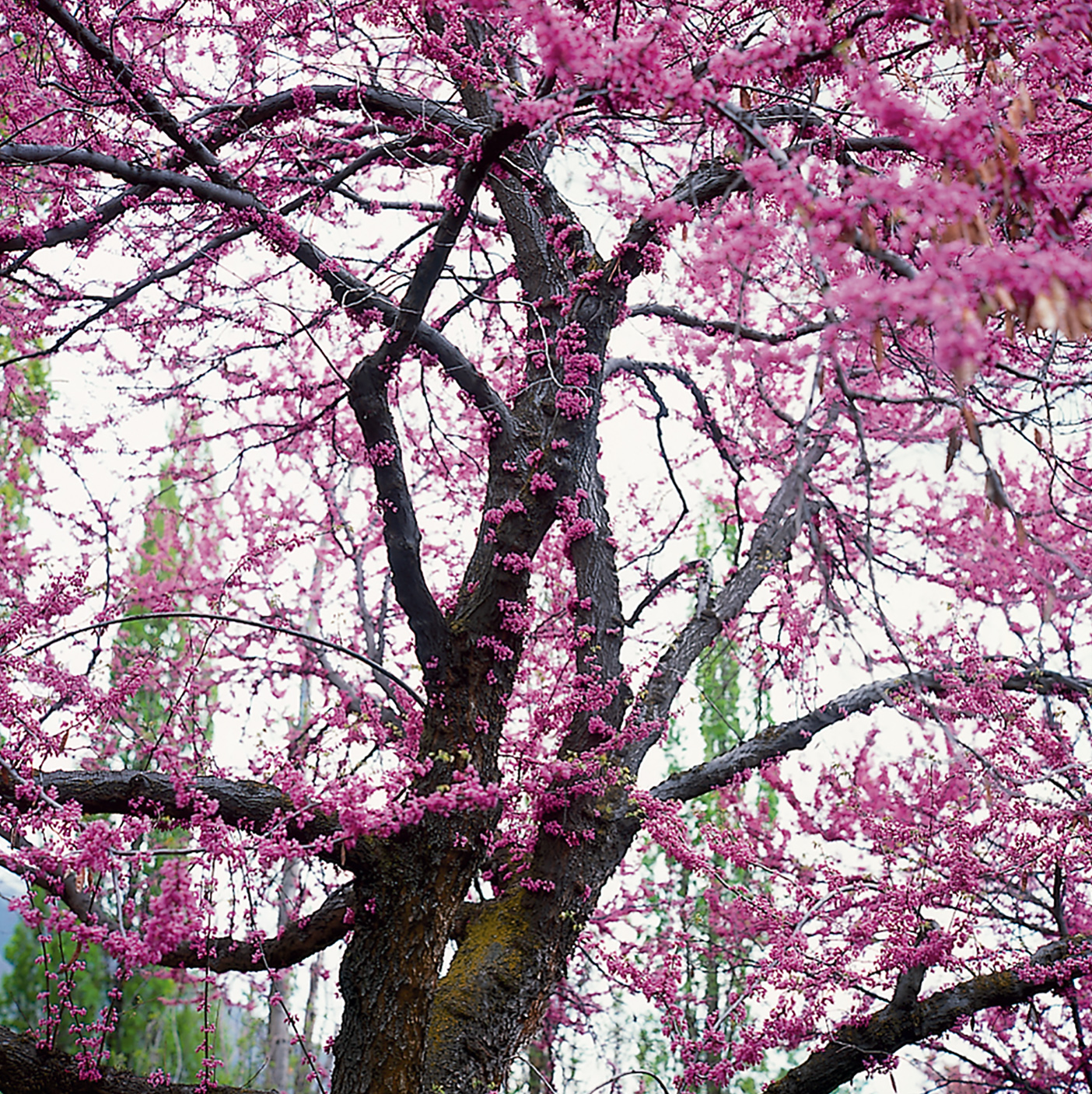
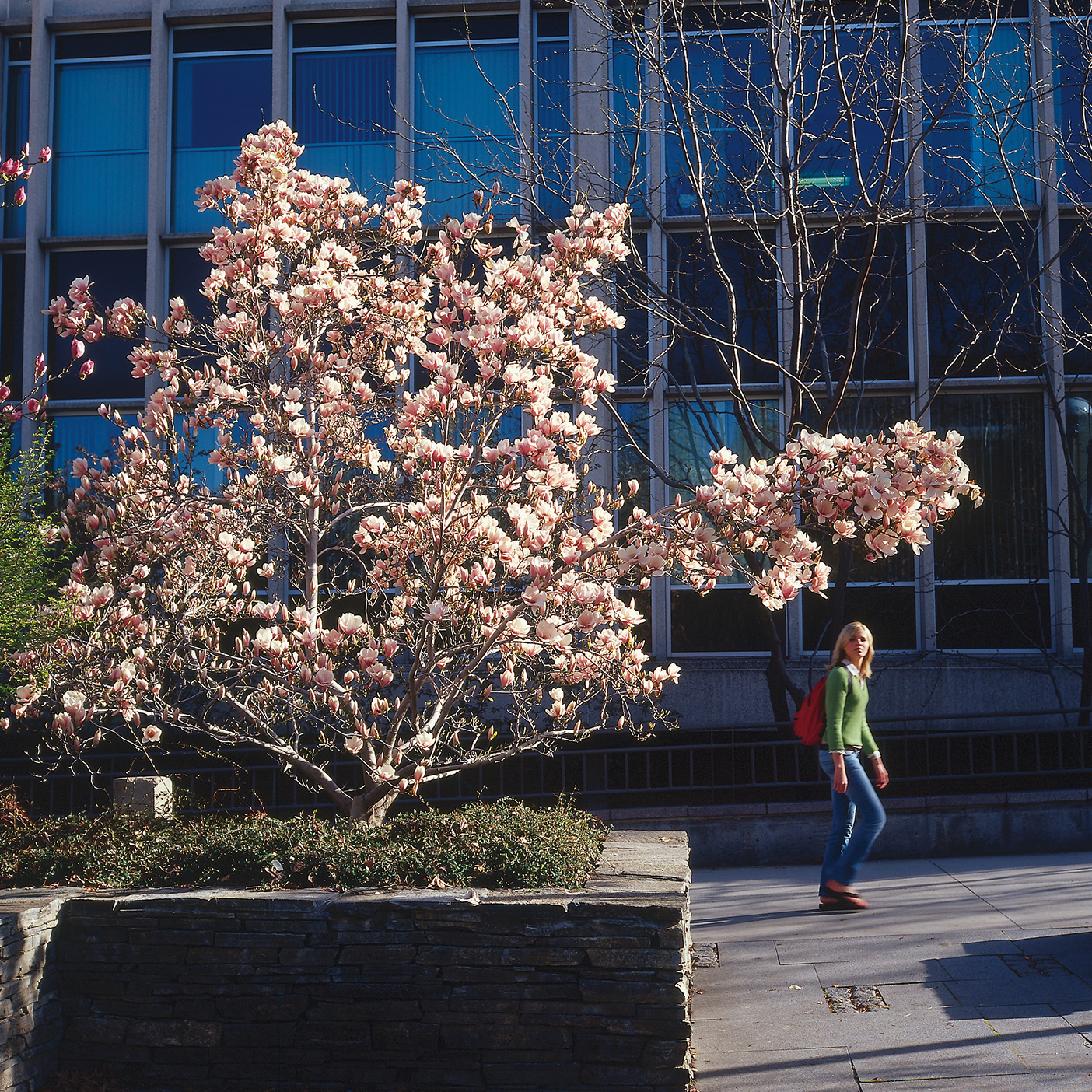
Grounds for Recognition
Campus trees require considerable attention. The sustained efforts of the Grounds Department have yielded significant results: The U.S. Bureau of Reclamation has given BYU a regional water conservation award, and the university has also been cited for excellence by the America in Bloom Organization.
• BYU generates some 4,500 tons of compost each year, of which about 35 percent comes from tree leaves and prunings.
• Composting around campus trees, shrubs, and flower beds results in an impressive 33 percent savings in water usage.
• Hours spent working on trees (annually):
1,700: Planting
3,500: Pruning
500: Removal
10,000: Raking and disposing of leaves.
• Big problem—trees lack oxygen due to soil compaction from foot traffic. Each year 3,000 hours are spent aerating the grounds.
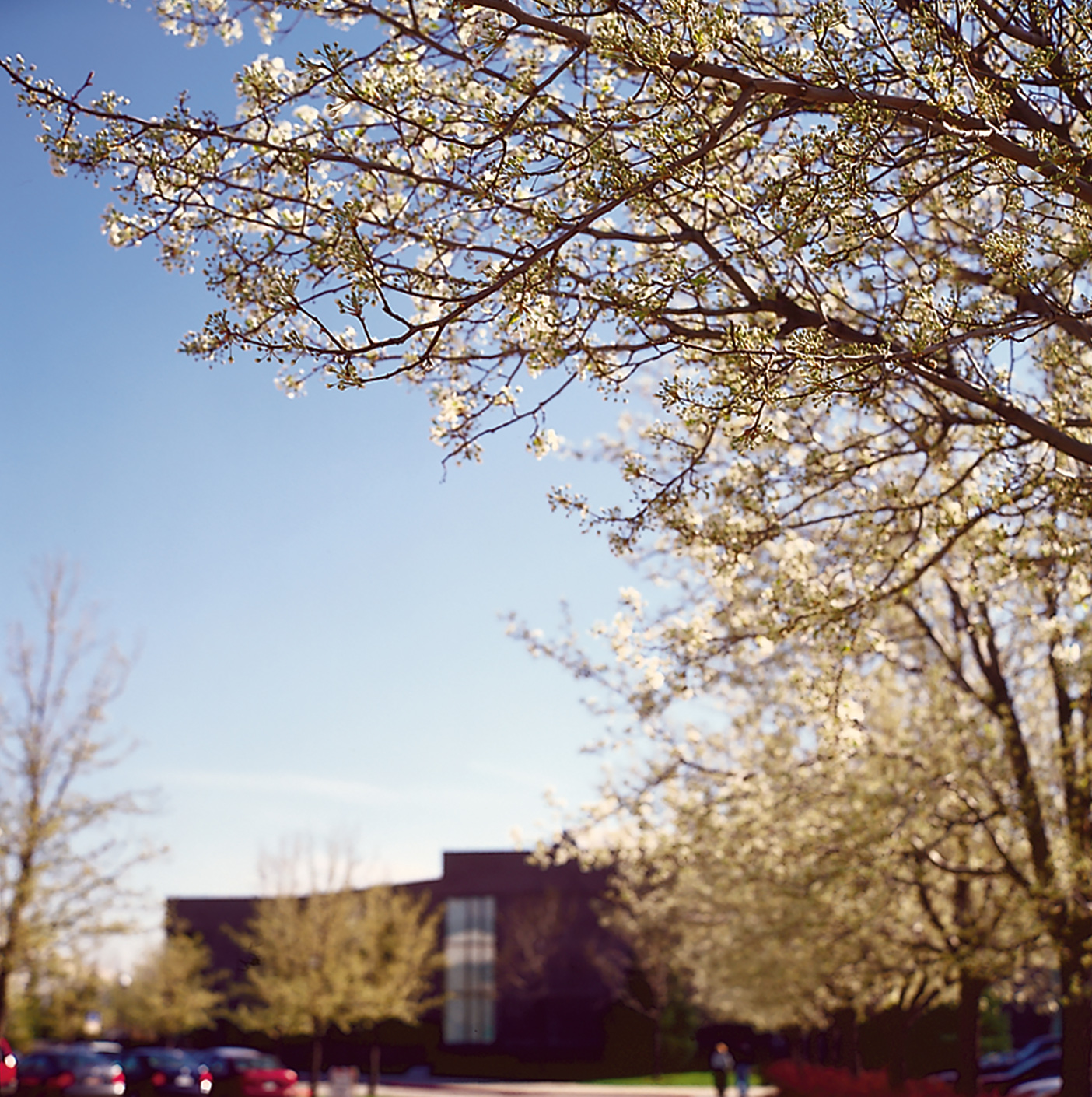
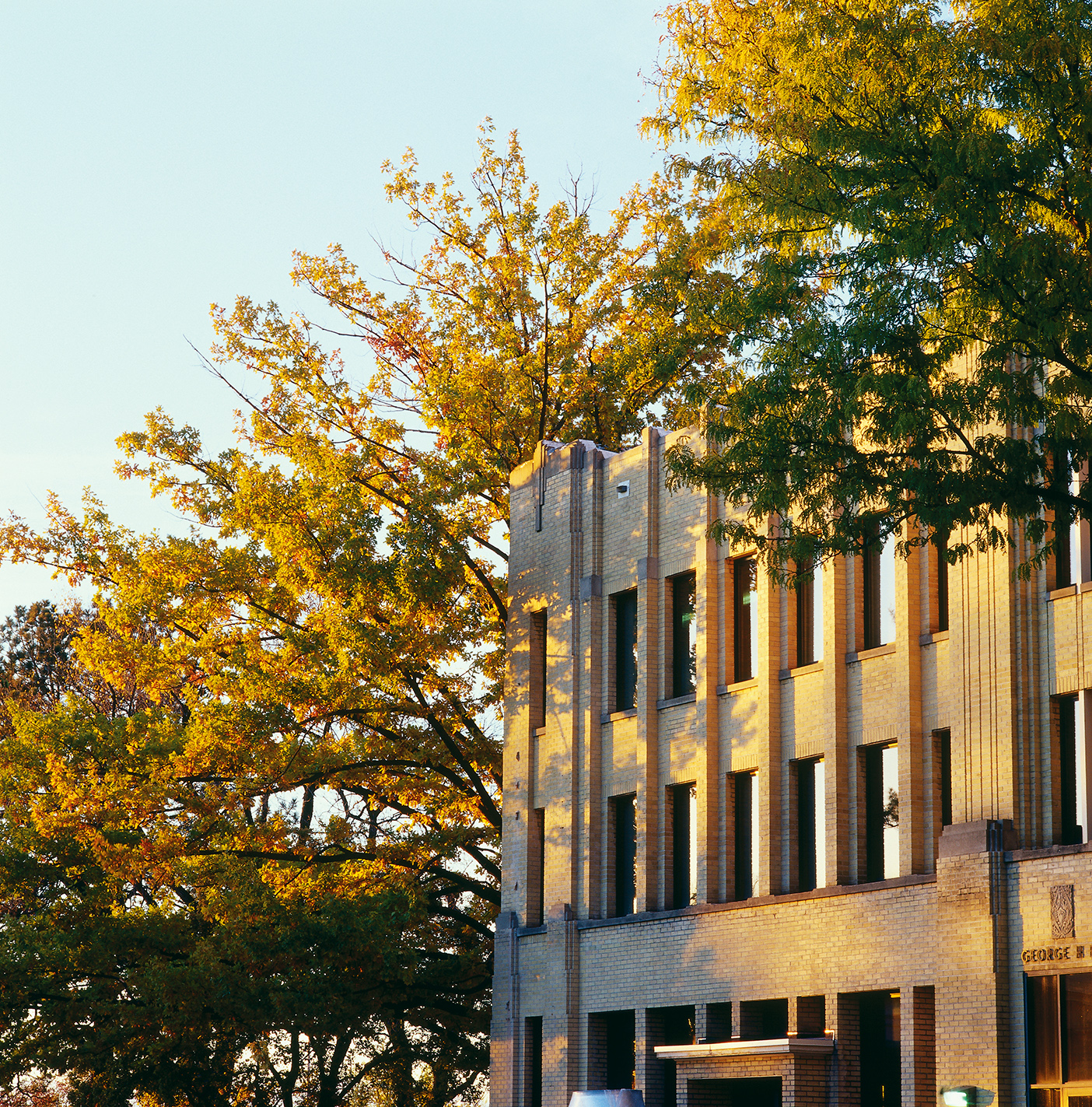
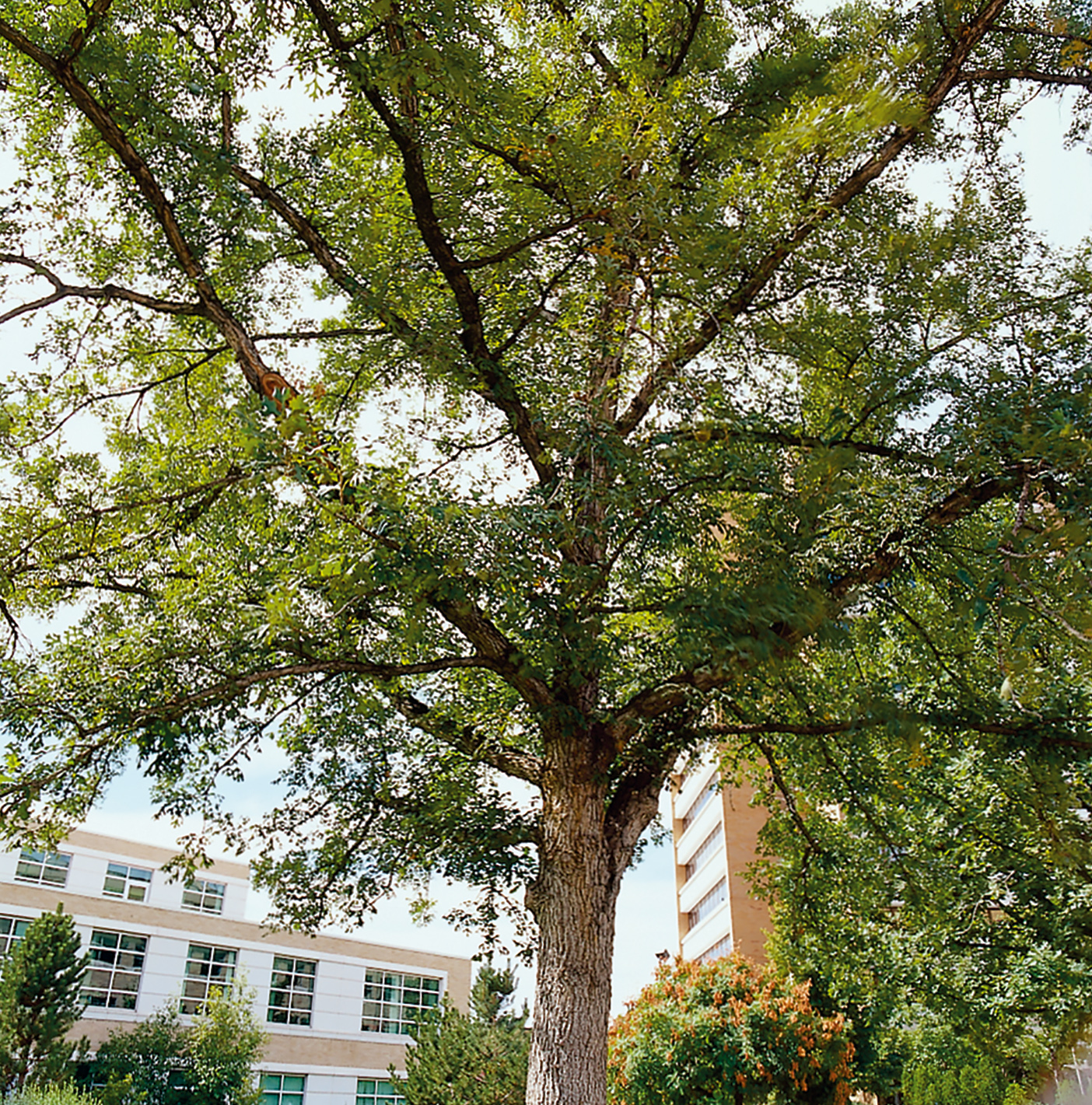
The Botany Pond
Home of the botany pond, the Bertrand F. Harrison Arboretum is named in honor of the legendary professor who taught botany for 43 years. As the site plaque states, “Professor Harrison and his students transformed these few acres into an area for study, for relaxation, and for reflection.” The original trees were planted to approximate the United States geographically, including the giant sequoia, common to the Sierra Nevada of California, and the water-loving bald cypress, typically found in the Gulf region.
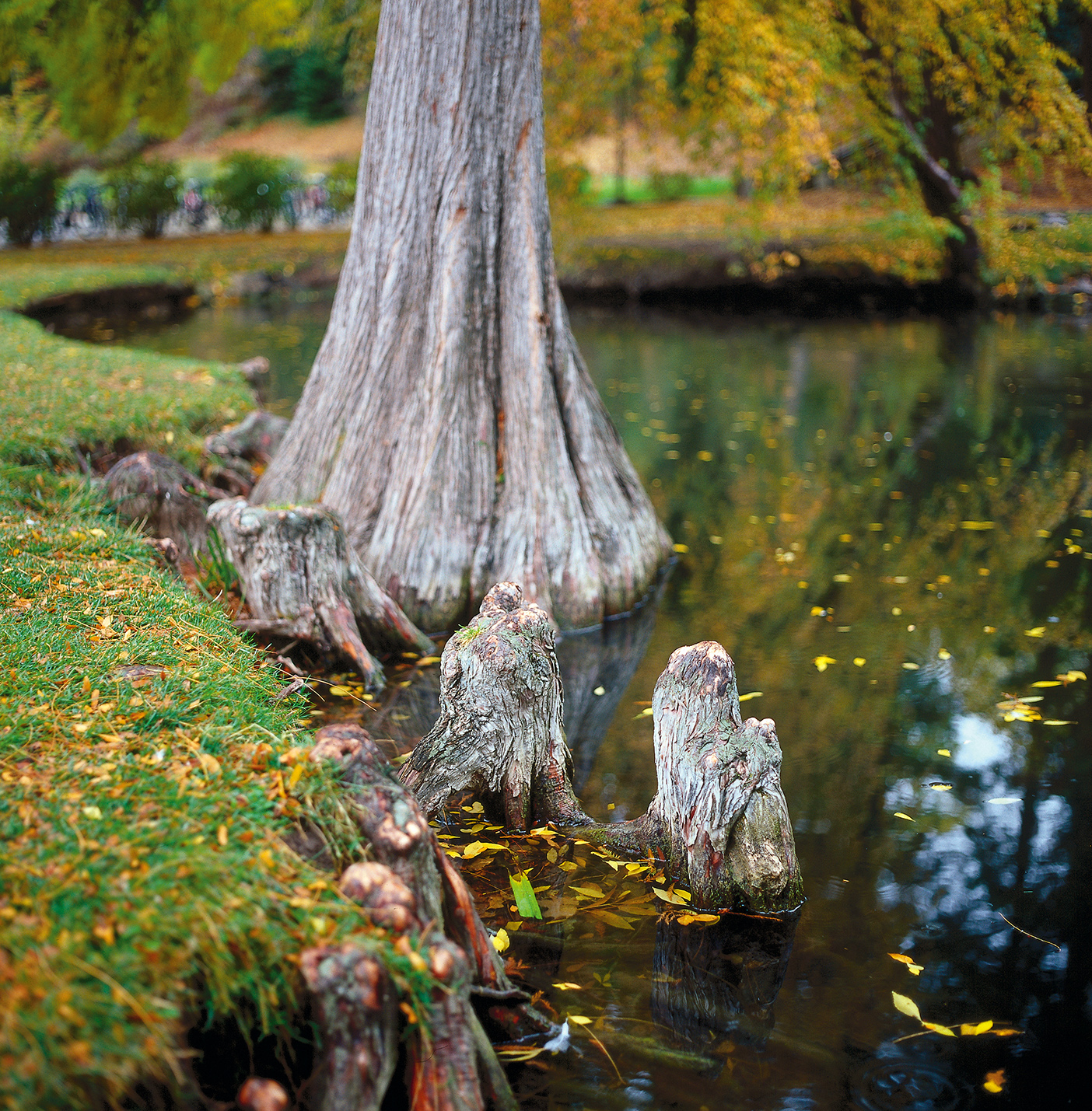
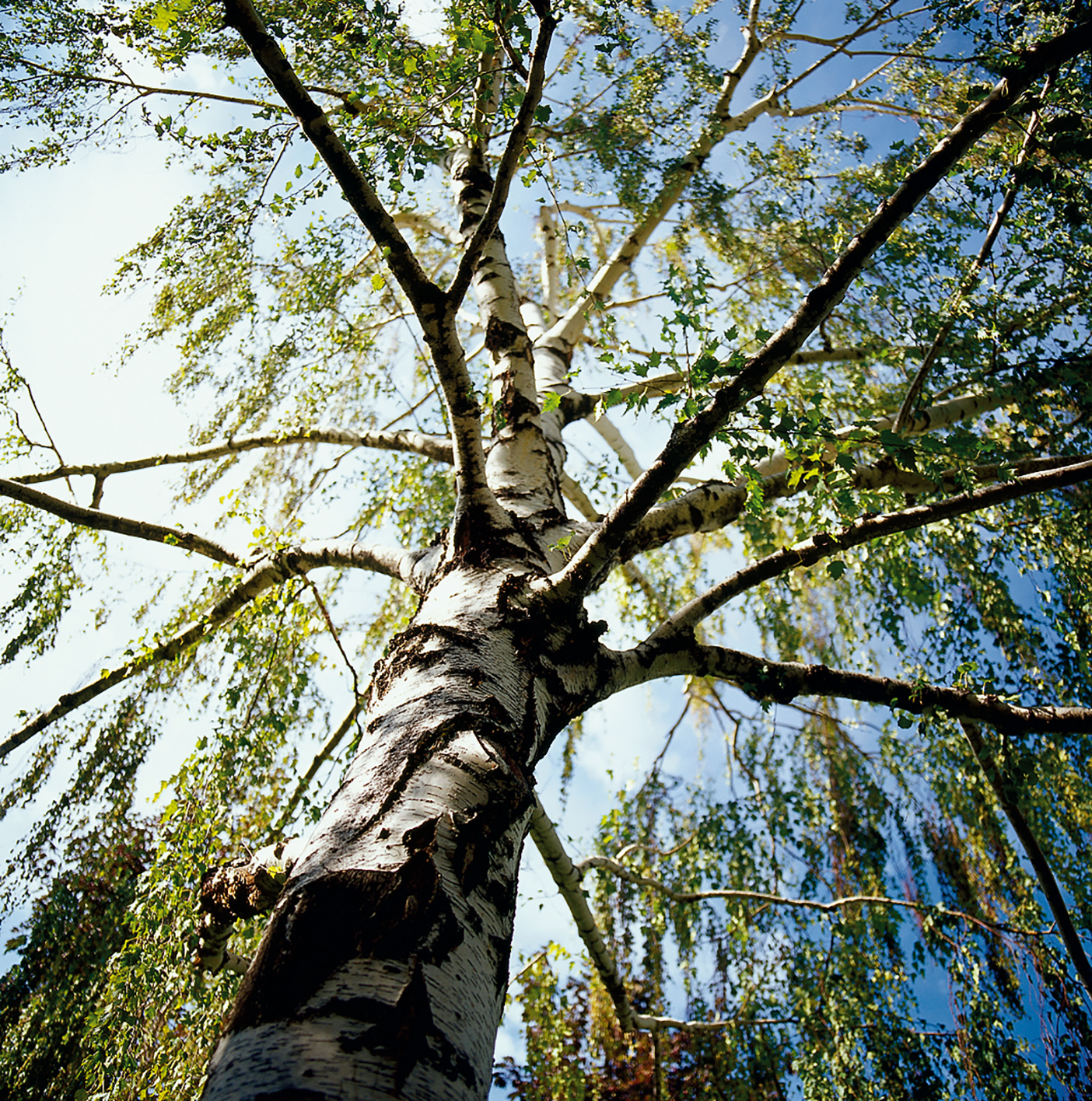
Choice Trees
Favorites of Max L. Darrington (BS ’86), the university’s arborist, the following trees are well worth a closer look.
American Elm: By the “Enter to Learn” sign.
American Sycamore: Northeast of the Marigold Mall (west of the Fletcher Building).
Bald Cypress: Around the botany pond.
Columnar White Oaks: Colonnade north of the Wilkinson Center.
Dawn Redwood: North of the Grant Building.
English Oak: North of the Visitors Center.
Fremont Cottonwood: Southeast of the Smith Fieldhouse on the hillside.
Weeping Beech: Northeast corner of the Jesse Knight Building.
White Fir: Southeast corner of the Lee Library.
Zelkova: North of the Wilkinson Center near the pedestrian overpass.
